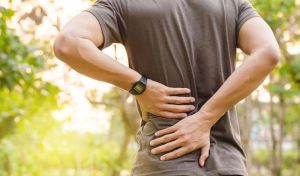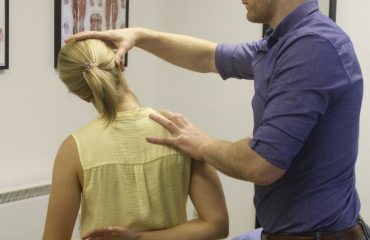I was out for a coffee today when I passed the local school kids from St Peters College in Dunboyne. I’d just come from the gym, so wondered how heavy were those schoolbags!
There has been much discussion in recent years about the effects of heavy schoolbags and the considerable loads that young teenagers are carrying on their backs on a daily basis. Excessive weight on a developing spine during the ages of 12-15 can have a long term affect on health into adulthood. This is a concern and every effort should be made to reduce these loads being applied to the spinal column during the early years of development.

Recent studies have shown that 70-80% of school children will report back pain of some nature during the school term. High percentages will also complain of neck and shoulder pain at some point. As well as excessive weight from school bags, poor posture can have harmful effects on the lower spine.
Early detection of any muscle or joint complaints in your child are key to a quick resolve. However, prevention as we all know is better than cure so small changes will help your child’s health in the long run. Ensuring a school bag is carried across both shoulders is paramount. Reducing the load they are carrying by only bringing whats necessary for the days classes will help. It is recommended that a school bag should weigh no more than 10% of the pupils total body weight.Use the locker at school both before and after class when possible to offload any books that are not required for the rest of the day or that night. Teaching your child correct posture and explaining the effects poor posture can have on them in later life isn’t always easy, so if your struggling to get them on board, maybe advice coming from your physiotherapist will stick with them better. Improving the balance between sitting watching TV or studying and getting some physical exercise , will also help relieve back aches and stiffness, as well as stimulating brain function. For more advice on which exercises or stretching will benefit your child’s development contact your local physiotherapy clinic.


